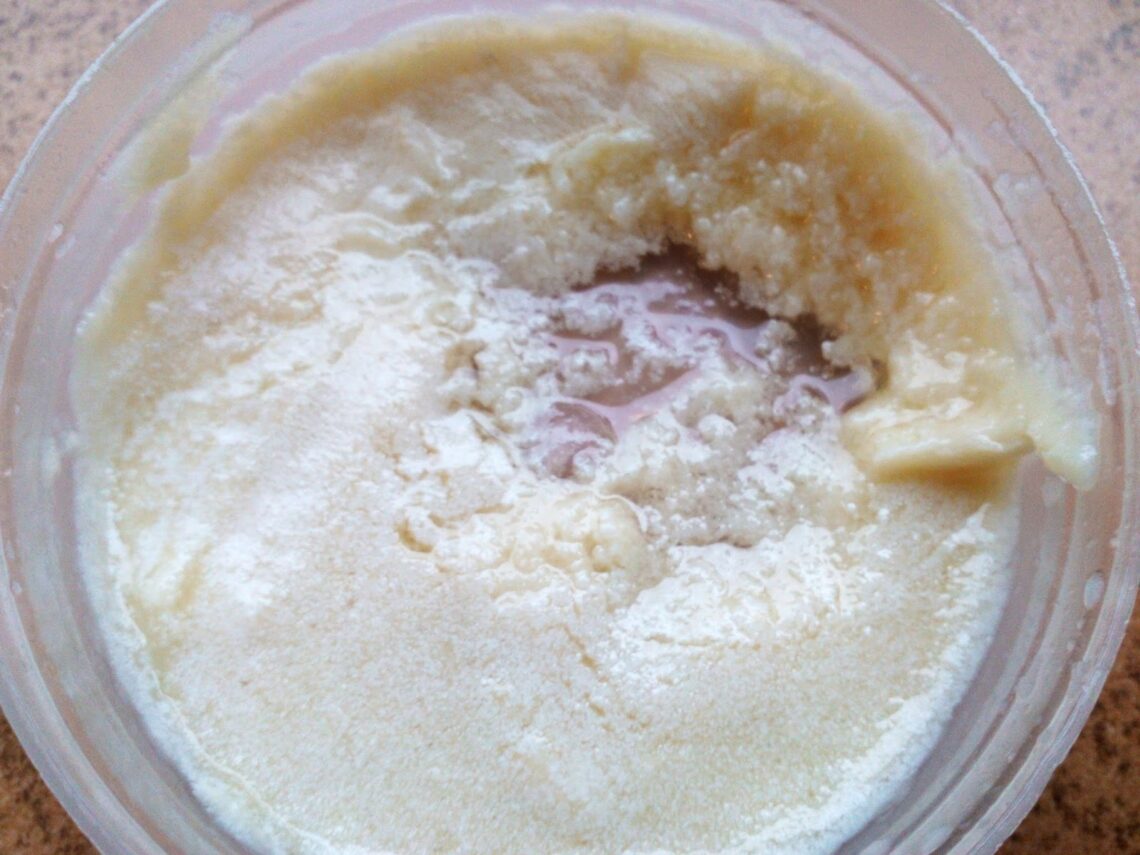
The presence of microorganisms in the cosmetic may cause its delamination, change of fragrance, and loss of its properties. Furthermore, a contaminated cosmetic product poses a threat to consumer health. Therefore the quality of cosmetics available on the EU market is regulated by law. According to the Regulation (EC) No. 1223/2009 of the European Parliament and of the Council of 30 November 2009, each cosmetic product should successfully pass microbiological tests, preservation and stability tests. These tests are performed at the Ekolabos Laboratory.
The influence of the formulation on the risk of cosmetic contamination
The microbiological resistance of cosmetics to secondary infections depends on many factors. Appropriate composition, maintenance and packaging of the product can minimize the risk of contamination of the product during its use. The PN-EN ISO 29621: 2017-04 standard presents guidelines for risk assessment and identification of products with low microbiological risk. For cosmetics with a low contamination risk, a stress test does not need to be carried out.
Water in cosmetics
According to the aforementioned standard, cosmetics with low microbiological risk are characterized by low water activity (aw). For pure water, the value of aw is 1. An increase in the concentration of solutes decreases the amount of water available. As the concentration of solutes increases, aw decreases. This results in an increase in the osmotic pressure of the solution and destabilisation of the cell envelopes of the microorganisms. Microorganisms present in an environment with lower water activity than preferred, consume energy to maintain cellular tension. Consequently, the number of divisions and therefore the growth of microorganisms in the product is limited. Most bacteria thrive best in environments with a water activity above 0.95. Yeasts prefer environments whose aw is between 0.66 and 0.88. The values of minimum water activity necessary for the growth of particular microorganisms are presented in Table 1. A drop of the aw in the environment below the minimum value for a given microorganism results in the rupture of its cell envelope, leading to its death.
| Microorganisms | Minimum water activity |
| The majority of bacteria | 0,90 |
| Pseudomonas aeruginosa | 0,97 |
| Escherichia coli | 0,95 |
| Staphylococcus aureus | 0,86 |
| Most of the yeasts and moulds | 0,60 |
Table 1. Minimum water activity necessary for the growth of particular microorganisms according to EN ISO 29621
Alcohol
The high alcohol content of the formulation causes denaturation of microbial proteins. In concentrations between 10% and 20% alcohol has a bacteriostatic effect. In contrast, in products with an alcohol content ≥ 20% the growth of microorganisms is inhibited. A preservation test does not have to be performed for cosmetics with a high alcohol content.
pH
Most microorganisms tolerate a wide pH range in the environment. Maintaining a neutral reaction inside the microbial cells is possible thanks to the regulation of the concentration of hydrogen ions. In the case of extreme pH values in the product, microorganisms use energy to maintain the appropriate concentration of H + ions. This results in a slowdown in the growth of microorganisms. Therefore, products with a pH ≤3 or ≥10 are defined as cosmetics with a low microbiological risk and do not need to be stress tested.
Production and packaging
Factors other than the composition of the cosmetic also affect the risk of product contamination. One of them is the packaging temperature used during production. Cosmetics packaged at temperatures above 60°C have a low microbiological risk. The type of packaging is a very important factor influencing the risk of contamination of the product by the consumer. Cosmetics in packages with a dispenser or atomiser pose a lower microbiological risk. They significantly reduce the chances of microorganisms belonging to the skin microflora getting into the product.
Cosmetics preservation test (Challange test)
T
he stress test of cosmetic products is performed according to the recommendations of PN-EN ISO 11930:2019-03. The purpose of performing the test is to check the preservation efficiency of the finished product. The test consists of contamination with microorganisms that most often infect cosmetics. The analyzed product is divided into 5 samples weighing 20 g or a volume of 20 ml. Each of them is contaminated with a suspension of an appropriate microorganism. These include, in turn: Escherichia coli, Staphylococcus aureus, Pseudomonas aeruginosa, Candida albicans and Aspergillus brasiliensis. This suspension should contain 1×107-1×108 cfu/ml for bacteria and 1×106-1×107 cfu/ml for fungi. Then, after 7, 14 and 28 days, detailed tests are carried out to determine the amount of microorganisms present in the sample. It is compared to the number of microorganisms at T0, i.e. immediately after contamination. These data are required to calculate the log reduction value. In order for the product to pass the stress test, the amount of microorganisms present in the contaminated samples should decrease or not increase.
